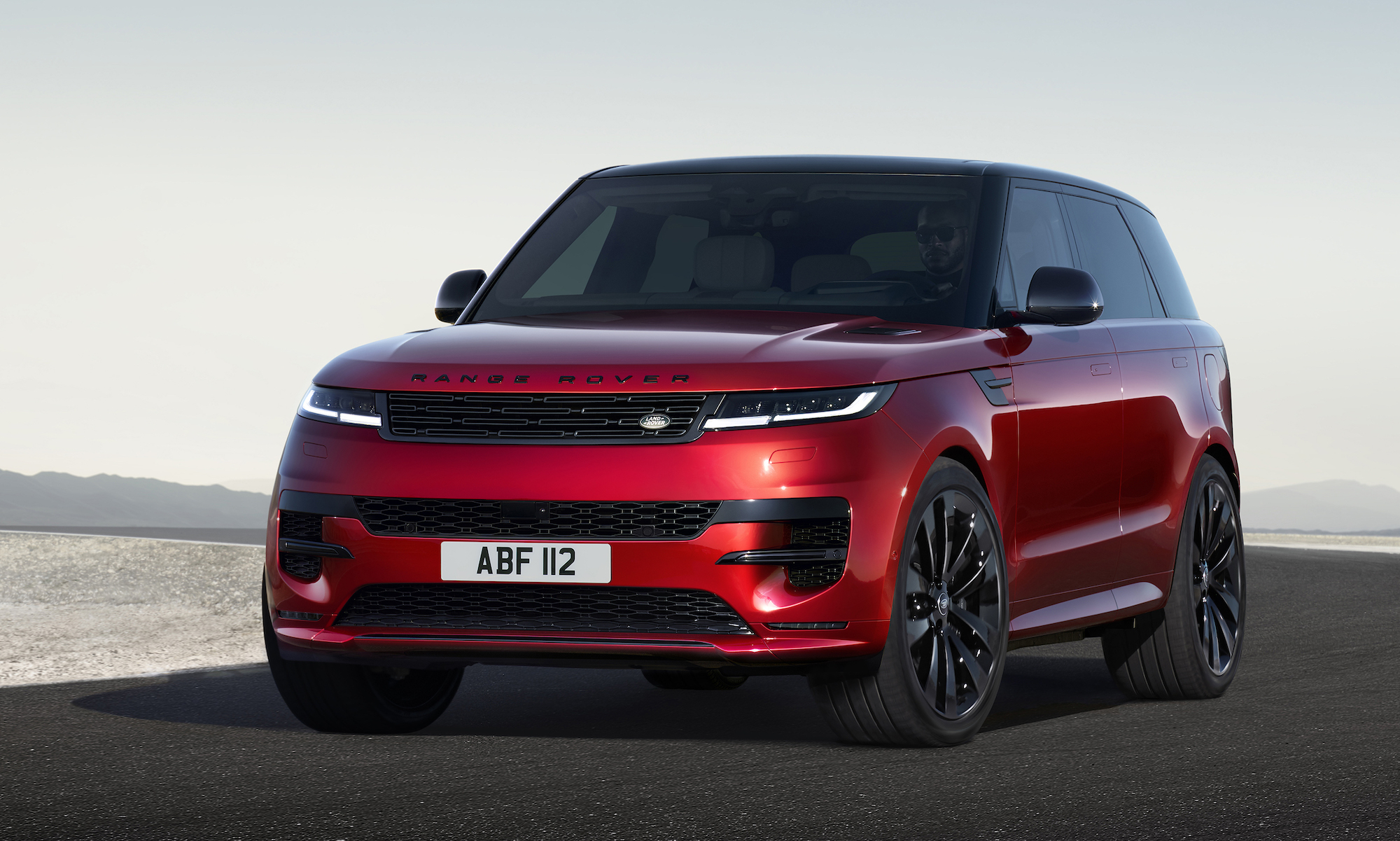Jaguar Land Rover saw its losses slashed in Q2 with the firm ramping up production of its two most profitable models.
This time last year, the firm made jaw-dropping losses of £302m but increased sales have resulted in that figure falling to £173m this time around.
Despite being far from desired levels, the performance represents a marked improvement for the firm, which has been dogged by supply chain issues in recent times.
The figures, which cover the three months to September 30, were boosted by increased numbers of Range Rover and Range Rover Sports rolling off the production line.
Overall, the two models accounted for 13,537 units in the quarter – up from the 5,790 made between April and June.

Revenue also rose to £5.2bn in the quarter, up 36 per cent year-on-year, with a wholesale volume of 75,307 recorded between July and September – a 17.6 per cent improvement and 4.9 per cent up on the prior quarter.
The brand recorded 88,121 retail sales, with the most growth coming from China where sales were 38 per cent higher, though European volumes were down seven per cent.
Thierry Bollore, chief executive officer of Jaguar Land Rover, said: ‘We delivered a stronger financial performance in the second quarter as production of our new Range Rover and Range Rover Sport ramped up, improving revenue, margins and cash flow, despite continuing semiconductor constraints.
‘Demand for our most profitable and desired vehicles remains strong and we expect to continue to improve our performance in the second half of the year, as new agreements with semiconductor partners take effect, enabling us to build and deliver more vehicles to our clients.’
The brand added that ‘demand for Jaguar Land Rover Products remains very strong’, with the two firms now having 205,000 pending orders.
The firm’s three most profitable models – the Range Rover, Range Rover Sport and Defender – account for over 70 per cent of these.

































